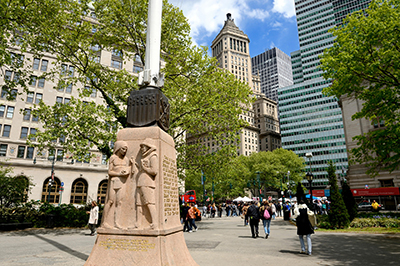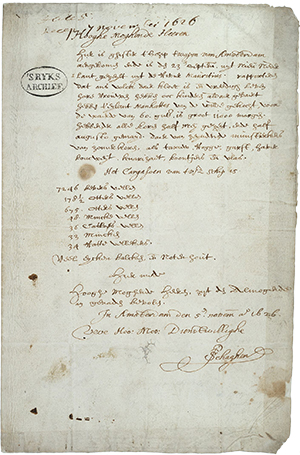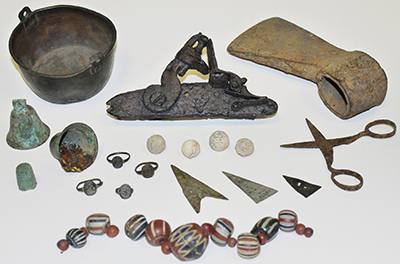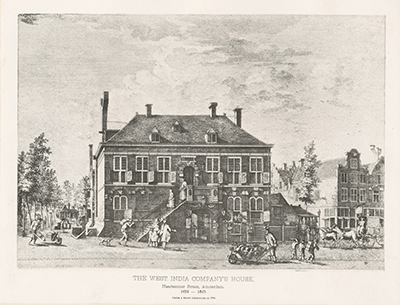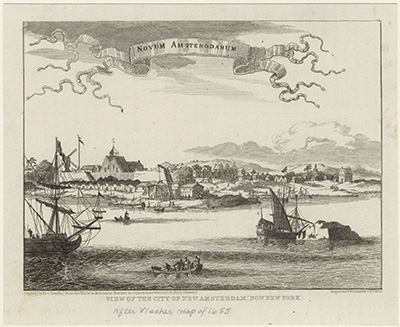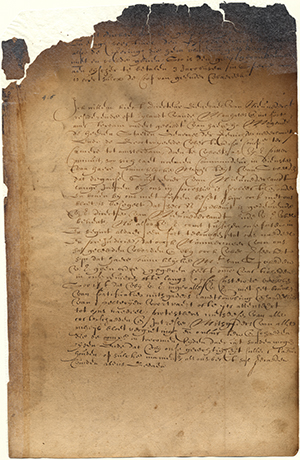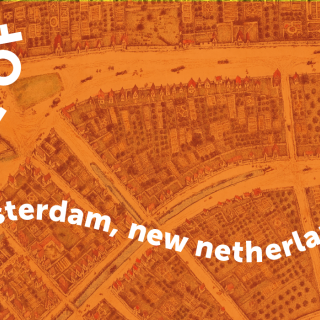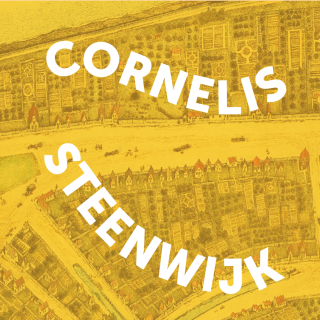Peter Minuit
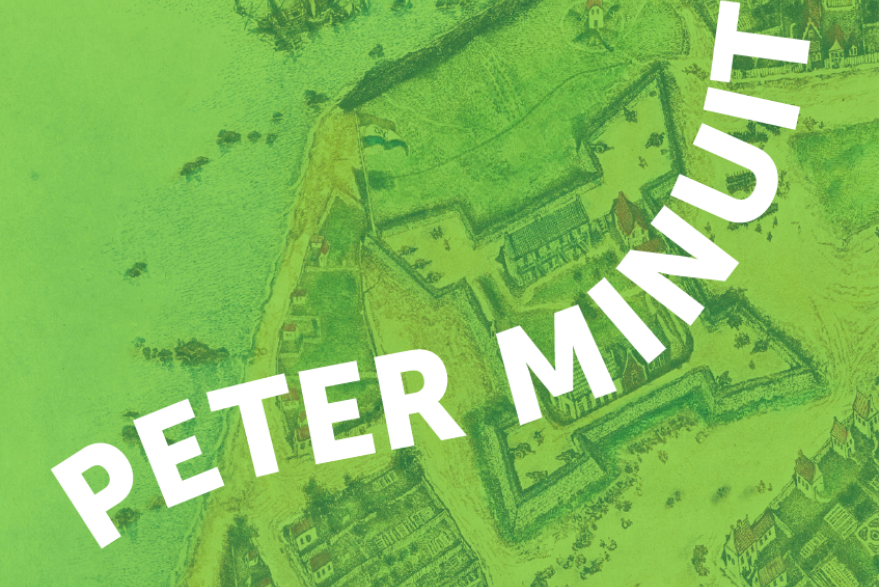
Peter (Pierre) Minuit (c. 1590-1638) was born in the German town of Wesel. His parents were Walloon (or French-speaking Protestant) refugees who had fled the southern Netherlands when the political situation had become unfriendly to Protestants under Catholic Spain. Minuit’s life and accomplishments were formed during and because of a war between the Netherlands and Spain, and with that, the tension of religious expansion between Catholicism and Protestantism. These conflicts created opportunities for people who, like Minuit, had either the family connections or the ambition to use the formation of the West India Company (WIC) and other government-sponsored organizations to create social and economic opportunities for themselves. Minuit joined the WIC around the mid 1620’s and travelled to New Netherland in 1625 to search for valuable commodities like animal pelts (skins).
Minuit was known for his “purchase” of Manhattan, probably in mid-May 1626, supposedly for a moderate amount of trade goods. For hundreds of years, people referred to this purchase to legitimize the colonial occupation of Lenapehoking - a Lenape term for the ancestral lands that included large parts of Manhattan Island, Long Island, the lower Hudson Valley, and the upper Delaware Valley - and the dispossession of the Lenape peoples.
It is crucial to keep in mind that the concept behind the “purchase” of Manhattan would not have been understood in the same way by Indigenous people. According to the Lenape, the land and its natural abundance could not be owned or possessed in permanence by any individual or group. Despite the differences in understandings, the Lenape still shaped the course of events in New Amsterdam as the Dutch struggled with the challenges of colony-building amongst Indigenous-occupied landscapes. In fact, evidence suggests that the Dutch only survived in New Amsterdam because the Lenape chose to assist them in their earliest years. In the 1670’s, an elderly Lenape man who went by the name Jasper, recalled how in his younger years, he had brought fish to the doorsteps of Europeans who struggled to feed themselves.
Minuit became the director of New Netherland at a moment when the colony was struggling to take shape. Minuit probably oversaw the work of Krijn Frederycksz, an engineer who the WIC contracted to for the earlier construction of New Amsterdam. A drawing of New Amsterdam from around 1626, likely drawn by Frederycksz for Minute, shows a neat and idealized version of the village. In reality it was actually in a constant state of disrepair. New Amsterdam’s earliest residents lived in little more than holes which they dug into the ground and lined with bark, and colonists spent decades complaining about the decrepit state of Fort Amsterdam.
Minuit also struggled to uphold his authority, as he clashed with other colonists like Jonas Michaëlius, the reformed minister of Manhattan from 1628-1631, and Jan van Remunde, the colony’s secretary. These conflicts forced the directors of the WIC to recall Minuit in 1632, and to replace him with Wouter Van Twiller. Minuit’s time in New Amsterdam thus helps us to understand the harsh realities of life and politics in early colonial Manhattan.
Even though the WIC replaced Minuit, he was still able to successfully find employment in North American colonial projects with the help of Samuel Blommaert, a director for the WIC. Blommaert funded and spearheaded a Swedish enterprise to establish a colony on the Delaware River. He connected Minuit with the Swedish Royal Council, and Minuit returned to North America as Governor of “New Sweden” in 1638 to the disbelief of then New Netherland director Willem Kieft. Kieft wrote a letter to Minuit reminding him of Minuit's role in working on North American colonial projects for the Dutch. Minuit’s tenure as governor was cut short, however, when a ship carrying him back to Sweden in 1638 from the Caribbean sailed right into a storm and goods and people, including Minuit, were lost to sea.
Minuit’s life reveals much about the world of 17th century empires. Not only was the prospect of building a colony itself a struggle, but it was difficult as individuals like Minuit could easily find opportunities of power and influence with imperial competitors across a world full of religious, political, and economic tension. This made “national” colonial projects more aspirational than reality. Individuals like Minuit might care less about loyalty to his home nation, and more about career opportunities for himself, even if it meant working for competing empires. Furthermore, the deeper truth behind the supposed “purchase” of Manhattan reminds us of the power of historical myths to confirm our cultural biases. Despite decades of colonial violence against Indigenous peoples, not only did the Lenape manage to resist colonial occupation for decades, but European governors like Minuit would not have had a colony to lead had it not been for the cooperation and assistance of North America’s indigenous inhabitants.
